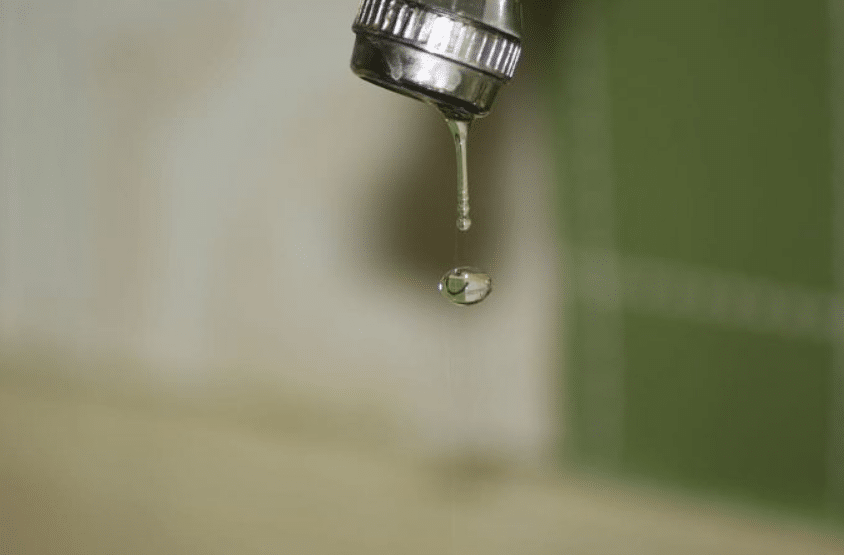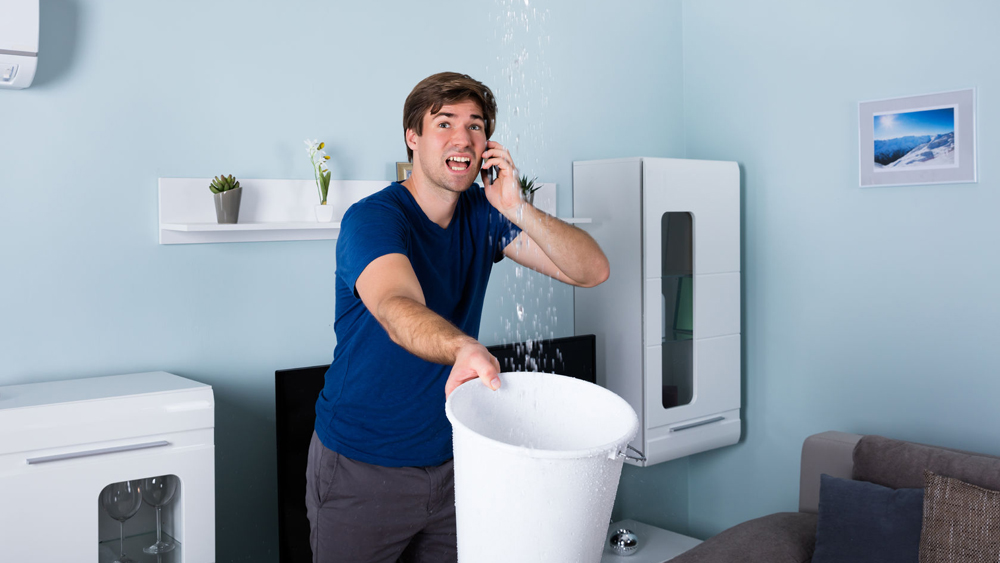Unveiling the Main Causes of Leakage Inside The Home
Unveiling the Main Causes of Leakage Inside The Home
Blog Article
We've found the article on Common Water Leaks In House listed below on the internet and figured it made sense to talk about it with you on this site.

Leaks not just trigger waste of water however can also cause unnecessary damage to your residence and also advertise undesirable organic growth. Unfortunately, water leakages could go undetected given that the majority of the pipework in our home is hidden. By comprehending and looking for daily scenarios that cause leaks, you can shield your residence from future leaks and unnecessary damage. Today, we will check out six leakage causes that might be causing your pipelines to trickle.
Elbowing in origins
Most water leakages begin outside the home instead than inside it. You might see wet spots or sinkholes in your yard, as well as that could imply that tree origins are invading water lines triggering water to permeate out.
Rusty water supply
As time passes by, your plumbing system ages as well as corrosion such as rust might start eating away the pipelines. This may be the source of discoloration or bending on your pipes. This calls for an inspection with your plumber promptly. Take into consideration changing the pipes because they are at a higher danger of deterioration than the more recent models if our plumbing system is old.
Defective Pipeline Joints
The factor at which your pipes connect is often the weakest link in the waterline. Pipeline joints can degrade with time, causing water leakages. The majority of pipe joints are not quickly visible. If you have loud pipelines that make ticking or banging sounds, specifically when the hot water is turned on, your pipe joints are probably under a lot of pressure. It is a good idea to have your plumber inspect your system yearly.
Instant temperature level adjustments.
Extreme temperature adjustments in our pipelines can trigger them to broaden and get all of a sudden. This growth and tightening may cause splits in the pipes, specifically if the temperature are below cold.
Poor Water Connectors
At times, a leakage can be triggered by loosened hose pipes and also pipes that supply your devices. In situation of a water links leak, you might notice water running straight from the supply line or puddles around your home appliances.
Blocked Drains
Obstructed drains may be frustrating and inconveniencing, however they can sometimes end up creating an overflow leading to rupture pipes. Keep getting rid of any type of products that may go down your drains pipes that can block them to avoid such aggravations.
All the above are sources of leakages however not all water leakages arise from plumbing leaks; some leakages may originate from roofing system leaks. All leaks need to be repaired right away to avoid water damage.
Leakages not just cause waste of water but can also create unnecessary damages to your home and promote unwanted organic growth. By recognizing and looking for everyday scenarios that create leakages, you can shield your house from future leakages and also unneeded damages. Today, we will look at six leak creates that might be triggering your pipelines to trickle.
At times, a leak can be triggered by loose tubes and also pipelines that supply your devices. In situation of a water connections leakage, you might observe water running directly from the supply line or puddles around your home appliances.
How To Check For Water Leak In Your Home
How To Check for Leaks
The average household's leaks can account for nearly 10,000 gallons of water wasted every year and ten percent of homes have leaks that waste 90 gallons or more per day. Common types of leaks found in the home are worn toilet flappers, dripping faucets, and other leaking valves. These types of leaks are often easy to fix, requiring only a few tools and hardware that can pay for themselves in water savings. Fixing easily corrected household water leaks can save homeowners about 10 percent on their water bills.
To check for leaks in your home, you first need to determine whether you're wasting water and then identify the source of the leak. Here are some tips for finding leaks:
Take a look at your water usage during a colder month, such as January or February. If a family of four exceeds 12,000 gallons per month, there are serious leaks.
Check your water meter before and after a two-hour period when no water is being used. If the meter changes at all, you probably have a leak.
Identify toilet leaks by placing a drop of food coloring in the toilet tank. If any color shows up in the bowl after 10 minutes, you have a leak. (Be sure to flush immediately after the experiment to avoid staining the tank.)
Examine faucet gaskets and pipe fittings for any water on the outside of the pipe to check for surface leaks.
Undetected water leaks can happen without the home or business owner even realizing. If you suspect a water leak, but not able to find the source. It is time to contact a professional water leak detection service, The Leak Doctor.
How To Find a Water Leak In Your Home
https://www.leakdoctor.com/blog/How-To-Check-For-Water-Leak-In-Your-Home_AE197.html

I came across that blog post about How to Find Water Leaks while doing a lookup on the internet. Are you aware of another individual who is sincerely interested in How Fast Water Damage Can Ruin Your Home? Do not hesitate to share it. Thank you for your time invested reading it.
Avoid further plumbing damage; call. Report this page